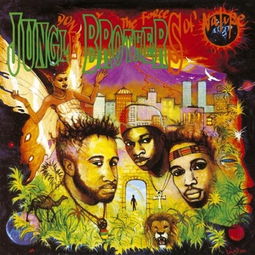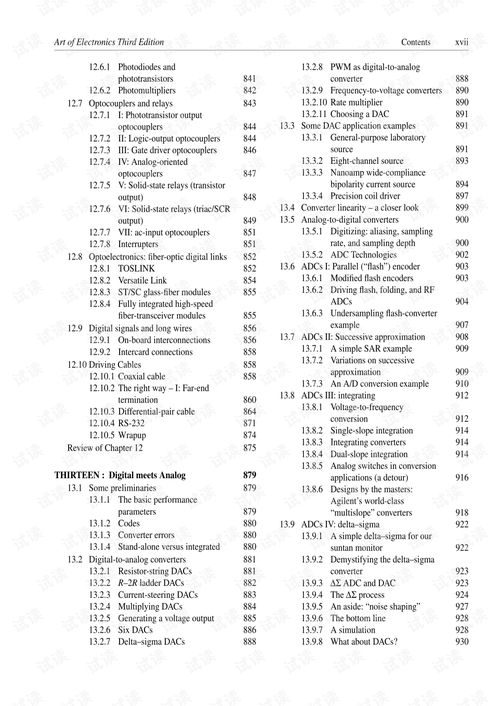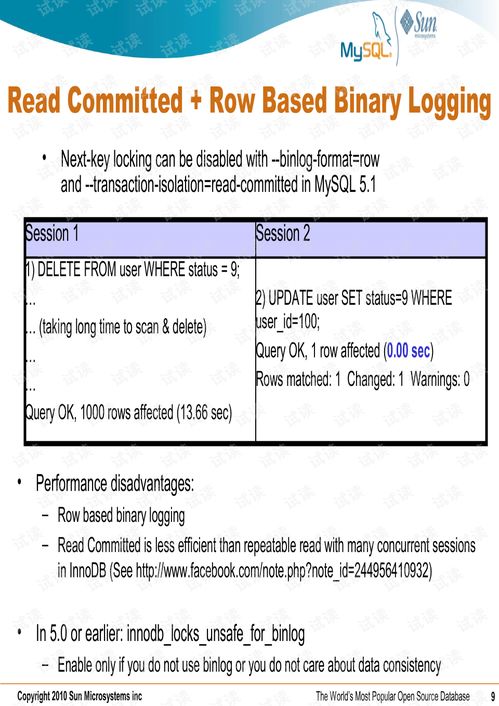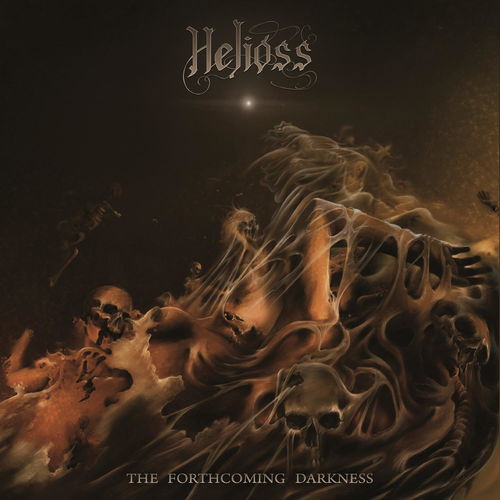Introduction:
The world of fishing is vast and varied, offering anglers a plethora of techniques and tools to master. Among the essential components of a successful fishing trip is selecting the right fish hook. The size of the hook plays a crucial role in the effectiveness of your fishing endeavor. In this article, we will delve into the art of choosing the appropriate fish hook size for your fishing technique, ensuring you're equipped to reel in the big catch.
Understanding Fish Hook Sizes:
Before we dive into selecting the right hook size, it's important to understand what the size means. Fish hooks are typically measured in numbers, with smaller numbers indicating larger hooks and vice versa. For instance, a #2 hook is larger than a #6 hook. The size of the hook is determined by the diameter of the shank, which is the straight part of the hook.
Factors to Consider When Choosing a Fish Hook Size:
Target Fish Species: The primary factor in selecting the right hook size is the species of fish you are targeting. Different fish have varying mouth sizes and preferences. For example, larger fish like bass and pike require larger hooks, while smaller fish like panfish and trout are best caught on smaller hooks.
Bait Size: The size of your bait should closely match the size of the hook. Using a hook that is too large for your bait can make it difficult for the fish to take the bait, while a hook that is too small may not hold the bait securely.
Water Conditions: The clarity of the water and the presence of weeds or other debris can also influence your hook size choice. In murky or weedy waters, a larger hook may be more effective as it is less likely to get caught on debris.
Fishing Technique: The method you are using to fish can also dictate the hook size. For example, when bottom fishing, you may need a larger hook to ensure the bait stays on the bottom, while topwater fishing often requires a smaller hook to mimic the movement of prey.

General Guidelines for Fish Hook Sizes:
- Panfish and Trout: For these smaller fish, a hook size ranging from #6 to #10 is generally appropriate.
- Bass: Larger bass, such as largemouth and smallmouth, are often caught on hooks ranging from #1 to #4.
- Pike and Muskie: These predators require larger hooks, typically in the range of #2 to #6.
- Salmon and Steelhead: For these fish, a hook size of #1 to #4 is common, depending on the species and size.
Additional Tips for Choosing the Right Fish Hook Size:
- Experimentation: If you're unsure about the right hook size, start with a middle ground and adjust as needed. Sometimes, the best way to find the perfect hook size is through trial and error.
- Local Knowledge: Seek advice from local anglers or fishing guides who are familiar with the waters you plan to fish. They can provide valuable insights based on their experience.
- Quality over Quantity: While it may be tempting to use a large hook to ensure a strong bite, remember that the wrong size can lead to missed opportunities or lost fish.
Conclusion:
Choosing the right fish hook size is a crucial aspect of successful fishing. By considering the species you're targeting, the size of your bait, the water conditions, and your fishing technique, you can select the perfect hook to increase your chances of a successful catch. Remember, the art of angling is as much about understanding the fish as it is about mastering the tools of the trade. With the right hook size, you'll be well on your way to becoming a seasoned angler. Happy fishing!












